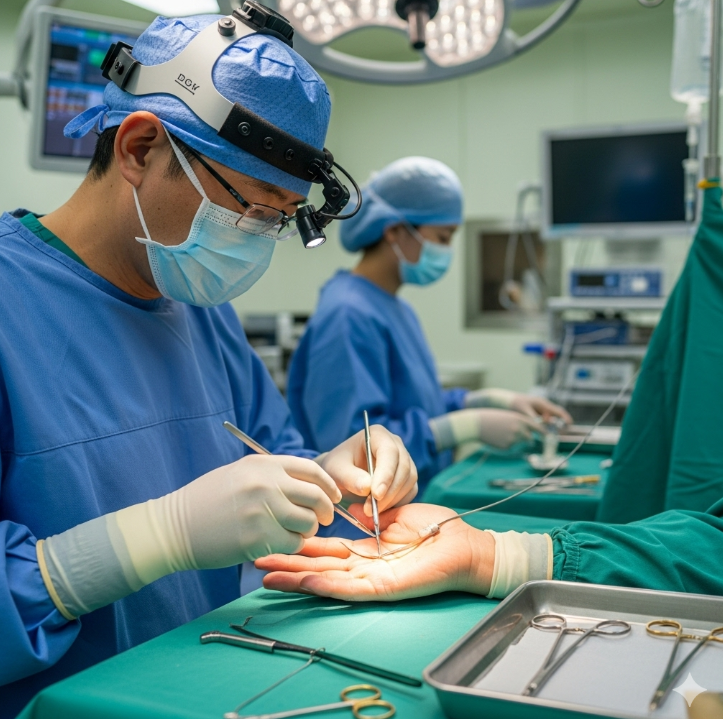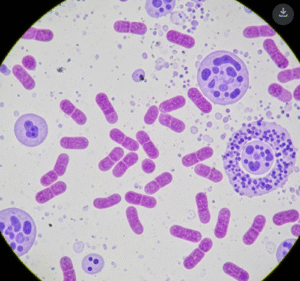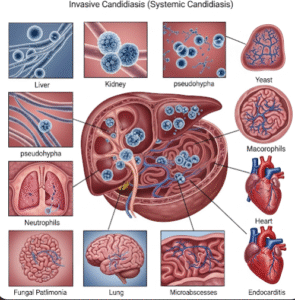What It Is
Trigger finger release is a surgical treatment for stenosing tenosynovitis, commonly called trigger finger or trigger thumb. This condition happens when the tendon sheath becomes narrowed, making it hard for the tendon to glide smoothly. The result is pain, stiffness, and the finger getting “stuck” in a bent position before suddenly popping straight.
The surgery involves cutting the A1 pulley (a fibrous band at the base of the finger) to relieve pressure and allow smooth tendon movement. In Korea, this procedure is performed by plastic surgeons, orthopedic surgeons, and hand specialists, often using minimally invasive methods for faster recovery.
Why It’s Done
Trigger finger release is recommended when:
- The finger frequently locks or catches
- Pain persists despite non-surgical treatments
- Symptoms interfere with daily activities (gripping, typing, writing)
- There is stiffness or swelling around the tendon
- Conservative therapies such as splints or injections are no longer effective
The surgery helps restore smooth finger motion, relieve pain, and prevent permanent stiffness.
Alternatives
Non-surgical and minimally invasive options include:
- Splinting: Resting the tendon, especially at night
- Corticosteroid injections: Reduce inflammation and provide temporary relief
- NSAIDs: Pain and swelling management
- Physiotherapy: Gentle stretching and strengthening exercises
- Percutaneous release: A needle is used to release the tendon sheath without a full incision
Surgical release is the most reliable treatment when other methods fail or symptoms are severe.
Preparation
Preparation before surgery typically includes:
- Consultation: With a hand surgeon to confirm diagnosis
- Examination: Physical exam; imaging (like ultrasound) is rarely needed
- Medical clearance: Blood tests and anesthesia review if required
- Lifestyle adjustments: Avoiding smoking and alcohol before surgery to promote healing
- Post-surgery planning: Arranging short-term rest from heavy hand use
How It’s Done
Trigger finger release is usually performed under local anesthesia and takes about 15–30 minutes.
Open release (standard technique)
- A small incision is made in the palm at the base of the affected finger
- The surgeon cuts the A1 pulley to free the tendon
- The incision is closed with fine sutures
Percutaneous release (minimally invasive option)
- A fine needle is inserted through the skin to cut the pulley without an incision
- No stitches are required, and recovery may be quicker
Recovery
Recovery is relatively quick compared to other hand surgeries:
- First days: Mild swelling, soreness, and dressings on the hand
- Stitch removal: In 1–2 weeks for open surgery
- Return to activities: Light use in a few days; most activities within 1–2 weeks
- Physiotherapy: Sometimes needed to restore flexibility
- Full recovery: Typically within 4–6 weeks, though grip strength may take longer
Possible Complications
While safe and effective, risks include:
- Infection or bleeding
- Tenderness or pain at the incision site
- Scar sensitivity
- Incomplete release requiring revision surgery (rare)
- Temporary numbness or nerve irritation
Treatment Options in Korea
Diagnosis
- Physical exam and tendon movement assessment
- Ultrasound in complex cases
Medical Treatments
- Splints, NSAIDs, and corticosteroid injections for early-stage cases
- Physiotherapy for mobility and pain relief
Surgical or Advanced Therapies
- Open trigger finger release: Standard, effective procedure
- Percutaneous release: Less invasive, minimal scarring
- Revision surgery: For rare recurrences
Rehabilitation and Support
- Hand therapy to restore flexibility and strength
- Scar care with massage, silicone gels, or laser treatment
- International patient services with interpreters, hospital guidance, and telemedicine follow-up













